Description
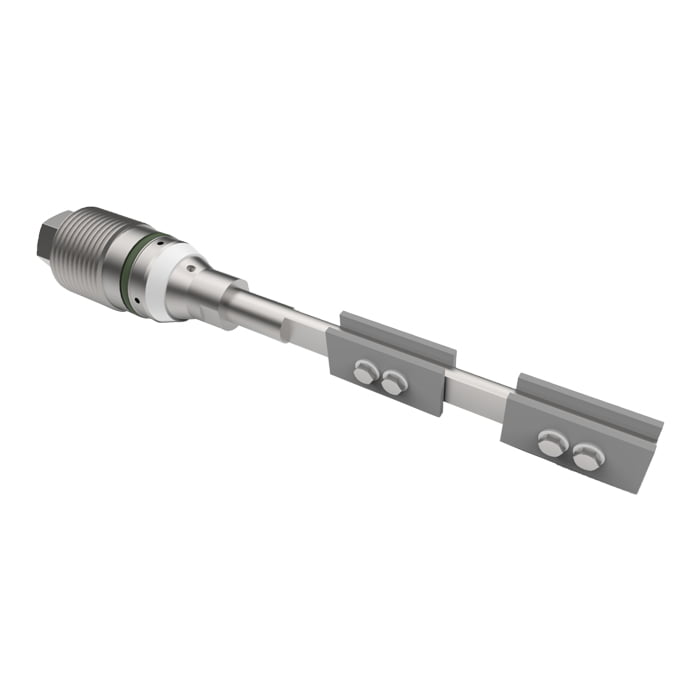
Corrosion joint fixers are a simple and effective tool for quantitative estimation of corrosion rates in operating systems. It also provides visual cues to identify the type of corrosion occurring within the system under surveillance. The bracket is the key component of the product. For more details about coupon holders, please contact our experts.
Our standard capocro coupons are equipped with insulation made from Delrin that can withstand temperatures up to 200°F(93°C). If your request involves higher temperatures, we offer alternative insulation, which should be specified at the time of ordering. These high temperature preservation options include:
- Teflon, capable of withstanding up to 500°F (260°C),
- Rulon, suitable for temperatures up to 550°F (288°C),
- Ceramic, designed for extreme conditions up to 1472°F (800°C),
For further information about the Corrosion Coupon Holder Assembly, please don’t hesitate to get in touch with our professional team.
Name | Corrosion Coupon Holder Assembly | |
| Material | 304 SS、316 SS、316LSS、DSS F51、Carbon Steel A105N、Inconel 625 | |
| Operating Temperature | -20~+120 ℃ | |
| Feature | Firstly, it is easy to operate. | |
| Secondly, High Accuracy and long life | ||
| At last, High efficiency and low cost | ||
| Payment | TT/LC | |
| Advantages | First, they are lightweight and flexible. | |
| Secondly, nice injection efficiency. | ||
| At last, accurate location tracking |
Types of Pipeline Corrosion and Anti-corrosion Measures
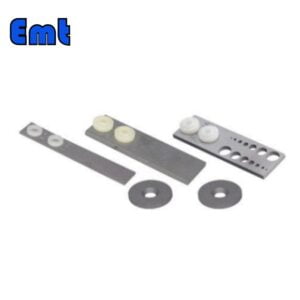
Types of Corrosion in Steel Pipes
The corrosion of buried metal pipelines can be divided into two categories: uniform corrosion and local corrosion, of which local corrosion is more common and more harmful. The corrosion process of steel pipe in soil is mainly through electrochemical dissolution, which forms corrosion cells and leads to corrosion perforation of steel pipe.
According to the proximity between the anode area of the corrosion tank (where the corrosion begins) and the cathode area (where the current returns), we can further divide the corrosion forms of the steel pipe into two categories: micro-groove corrosion and large groove corrosion.
Microcell corrosion refers to corrosion caused by the activity of microcells where the anode and cathode are only a few millimeters or even microns apart. The corrosion pattern of microcell corrosion is usually very uniform, so it is also called “uniform corrosion”. The corrosion rate of the microcell is not related to the soil resistivity (the resistance of the soil to the current), but to the electrode process of the microanode and microcathode. This type of corrosion is generally less harmful to buried steel pipes.
Macro-Cell Corrosion and Anti-Corrosion Measures
Macrocell corrosion refers to pipe corrosion caused by macrocell activity where the anode and cathode regions are several centimeters or even several meters apart. We also often refer to this as localized corrosion. Given the significant distance between the anode and cathode regions, the resistance from the soil (soil resistivity) accounts for a significant portion of the total resistance in the corrosion circuit. Therefore, the corrosion rate of macroscopic cells is affected by the electrode processes of the anode and cathode, as well as the soil resistivity. Higher soil resistivity can reduce the corrosion rate of large batteries. The corrosion of patches or holes we see on the surface of buried steel pipes is mainly the result of macrocell corrosion, which can cause serious damage.
In summary, the buried pipeline mainly experiences electrochemical corrosion in the soil, which is divided into three processes: anode process, cathode process and current process. These processes are both independent and interrelated. If a certain process is interrupted, the corrosion will stop or slow down, providing a theoretical basis for the implementation of anti-corrosion measures.
Anti-Corrosion Measures for Steel Pipes
In view of the three processes of electrochemical corrosion, the anti-corrosion measures of the steel pipe also include the suppression of at least one of these processes. For example, applying an anti-corrosion coating to the outer wall of a pipeline can increase the circuit resistance and reduce the corrosion current. The use of an external DC power supply can make the steel pipe have a negative potential relative to the soil, forming cathodic protection. This eliminates the potential difference between the anode and cathode, essentially stopping the progress of the anode and cathode processes. While the anti-corrosion coating acts as a protective barrier, cathodic protection addresses the root cause of corrosion.
However, any exposed iron parts will accelerate local corrosion. Therefore, at present, the most effective anti-corrosion method is the combination of anti-corrosion coating and cathodic protection, and the United States and other countries have clear provisions for this. If an anti-corrosion coating is used, cathodic protection must also be applied.
For urban gas system with dense underground pipe network, the interference of external cathodic protection power supply to other pipelines is greater. This can benefit protected pipes while causing corrosion interference to unprotected pipes. This problem does not arise with sacrificial anode protection, which involves using a metal with a more negative potential than steel pipe and attaching it to the pipe. Therefore, for the main gas transmission pipelines in urban areas, it is recommended to use a combination of anti-corrosion coating and sacrificial anode. For non-major low-pressure pipelines, direct application of anti-corrosion coatings is usually sufficient.
Conclusion
In short, understanding and mitigating corrosion is critical to maintaining the integrity and longevity of pipelines. Corrosion coupling assemblies provide an efficient and accurate way to estimate corrosion rates and identify corrosion types in operating systems. With its high temperature resistance and a wide selection of materials, the stand is a versatile tool suitable for a variety of environmental conditions.
The types of corrosion, namely microcellular and macrocellular corrosion, each present unique challenges. Microporous corrosion is less harmful and more uniform, while macroporous corrosion causes significant damage, forming patches or holes on the surface of the pipe.
Anti-corrosion measures, including the use of anti-corrosion coatings and cathodic protection, can be effective in preventing these types of corrosion. The city recommends a combination of anti-corrosion coating and sacrificial anode protection to avoid interference with other pipelines.
Addressing corrosion control strategically and proactively is critical to protecting our infrastructure and ensuring the safe and efficient transportation of resources. By using the right tools, such as corroding voucher holder components, and implementing comprehensive anti-corrosion measures, we can significantly extend the service life of pipes and save on expensive repairs or replacements.



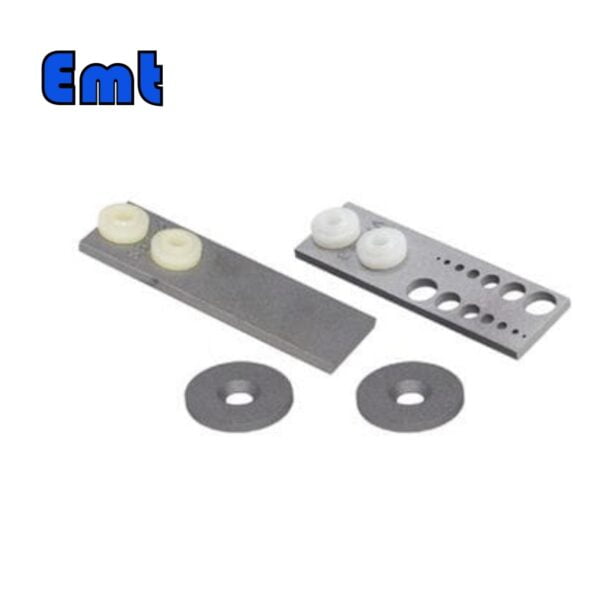
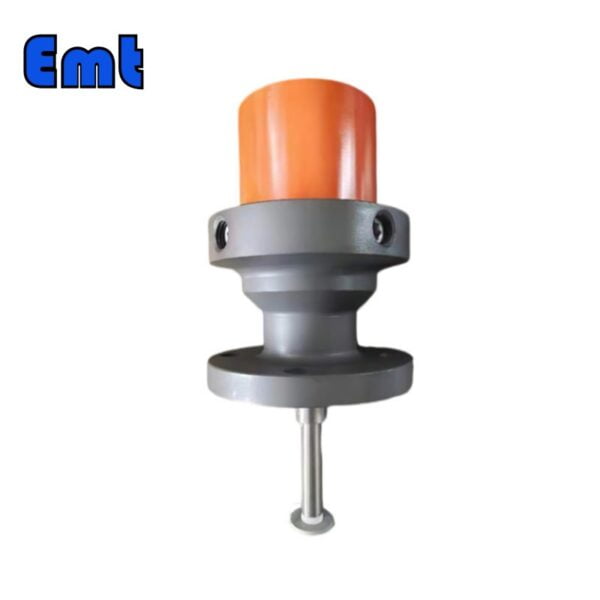
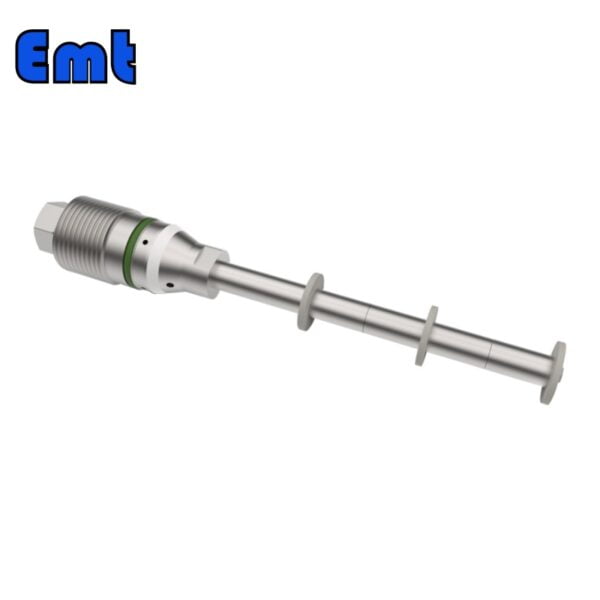
-600x600.jpg)
Reviews
There are no reviews yet.